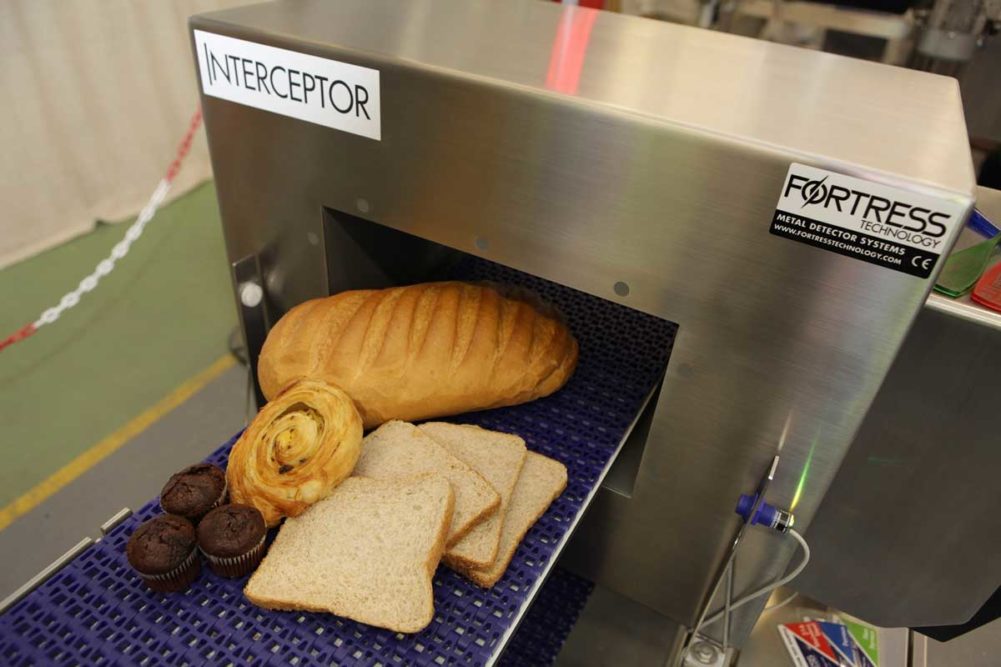For many baked foods and snack producers, diversification is everything, especially for those who have shifted production from bulk packaged items for foodservice customers to smaller, often single-serve packs at retail.
Creating different-sized products comes with several considerations, and bakers and snack makers should be cognizant of the implications that come with metal detection, X-ray and other inspection systems to ensure that, no matter what type of product, it’s going out the door in safe condition.
As consumer demands — as well as the foodservice and retail landscapes overall — have drastically changed in recent months, inspection technology is prepared to keep up.
“Metal detectors have evolved considerably in recent years, addressing product effect, product orientation and automated testing technology,” said Steve Mason, sales manager at Fortress Technology. “False product rejects, improved safety standards, total cost of ownership, reduced machine downtime and new codes of practice are key factors driving innovation in inspection equipment.”
Checking all these boxes requires planning ahead for product variations and the implications they may have for their inspection.
Aperture is, arguably, the most important thing to consider when incorporating an inspection system for a variety of product sizes.
“A large-aperture metal detector is less sensitive to contaminants than a detector with a small aperture,” said Camilo Sanchez, product inspection product manager, metal detection, Mettler Toledo.
[Related reading: Even inspection technology requires training]
It’s not only about width but also height, where the smaller aperture dimension has the most impact on sensitivity. The geometric center is the least sensitive, the corners are the most, and all the other points fall somewhere in between. So, depending on how the equipment is designed, the detectable contaminant could have to be up to two times bigger at the center of a rectangular aperture than it would at the corners.
“Because of this, we always recommend the customer precisely measure the dimensions of all products to be run on the metal detector to ensure getting the most effective aperture size,” Mr. Sanchez said.
Getting the correct aperture can also depend on the type of product coming down the line. While dry products like snacks or finished breads can be fairly easy to inspect, wet items like warm breads and doughs are more conductive and create the product-effect signal, making the inspection a bit more complex.
“This signal needs to be canceled out before inspection can be successful,” Mr. Sanchez said. “The product-effect signal tends to reduce the sensitivity of the detector in a way that cannot easily be calculated, and in most cases, if an indication of sensitivity is required, then a product test will be necessary to get an accurate indication.”
For those dry products, Mr. Sanchez noted, sensitivity charts will calculate the expected operating performance.
With X-ray, density and product thickness also come into play, said Todd Grube, product manager, inspection systems, Heat and Control.
“Typically, the higher the density or taller the product — or wider the width in a side-shoot X-ray system — the more X-ray power is required for proper inspection,” he said. “As product density and/or thickness increases, the likelihood for reduced performance also increases.”
This article is an excerpt from the July 2020 issue of Baking & Snack. To read the entire feature on inspection systems, click here.





